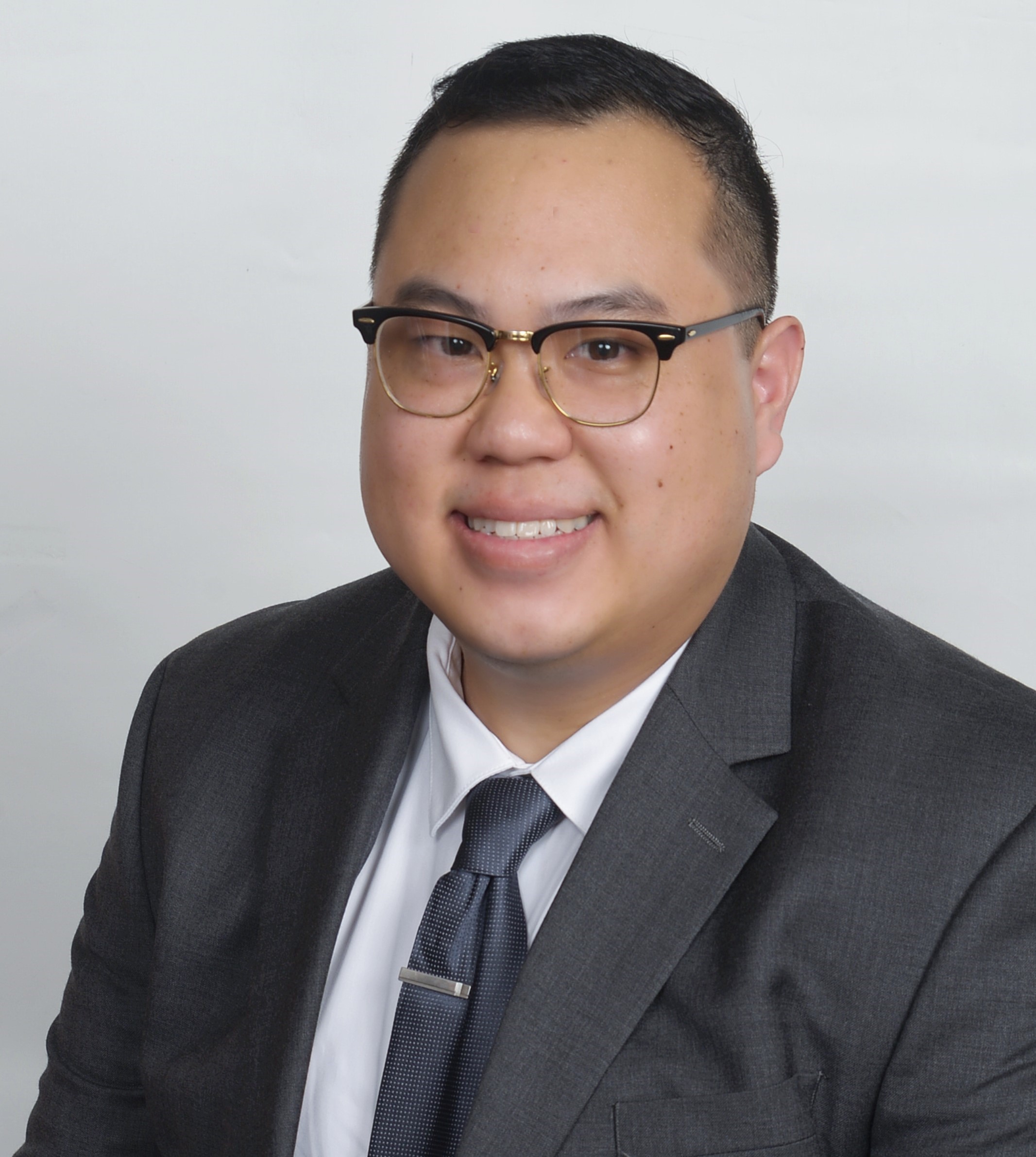 While Southern California native Anderson Vu wasn’t doing so well in his college economics and accounting classes, he was doing well in general chemistry. So well, in fact, that he changed his focus to STEM (science, technology, engineering and math). When he graduated from University of California, Santa Barbara, in 2013 with a degree in zoology, he took a job in a hospital laboratory. One night, the emergency medical department called for supplies, and Vu was lucky enough to watch a hands-on medical procedure, called “thoracentesis” (a procedure to remove fluid from the area around the lungs) firsthand. That was the night he decided to become a surgeon.
While Southern California native Anderson Vu wasn’t doing so well in his college economics and accounting classes, he was doing well in general chemistry. So well, in fact, that he changed his focus to STEM (science, technology, engineering and math). When he graduated from University of California, Santa Barbara, in 2013 with a degree in zoology, he took a job in a hospital laboratory. One night, the emergency medical department called for supplies, and Vu was lucky enough to watch a hands-on medical procedure, called “thoracentesis” (a procedure to remove fluid from the area around the lungs) firsthand. That was the night he decided to become a surgeon.
At St. George’s University School of Medicine in Grenada, Vu found he quite liked the thrill of trauma surgery. Then one day, he had the opportunity to watch cataract surgery. “I observed how meticulous they could be. I found the intensity of cataract surgery and surgical trauma to be quite similar, and I really enjoyed it,” Vu says.
When his sister, an optometrist, took him to her company’s holiday party, Vu met an ophthalmologist who made him promise to do an ophthalmology rotation during his fourth year of medical school. It was during that rotation that Vu found he loved eye surgery’s emphasis on very fine technique and its relation to surgical and visual outcomes — he was hooked.
Vu met DEF Research Director Dr. Cristina Kenney when he was looking for a research position at University of California, Irvine’s Gavin Herbert Eye Institute. He came to work in the lab of Dr. Andrew Browne in 2020, and it wasn’t long before Vu was given DEF’s Outstanding Research Award.
Vu earned the award for furthering a project that had been started by a previous grad student, who was looking into how a new type of software for testing visual acuity compared against the gold standard: the eye chart. Theoretically, the software was supposed to be more accurate, but patients did worse on the software exam. Vu’s award-winning proposal sought to build on this work and find the reason patients did worse on a supposedly superior test.
Eye-chart letters or symbols, also called optotypes, are used as the primary visual acuity test to track the progression of ophthalmology disease. Vu is now examining which optotypes give the most accurate assessment of a patient’s vision.
“Accurately measuring visual acuity is a vital — and sometimes overlooked — step in all patient-oriented eye research,” Kenney says. “Every new breakthrough comes down to showing that a discovery saves or improves vision, so being able to accurately measure that vision is essential. That’s why DEF is so excited to support Dr. Vu’s project.”
“I am thankful we have organizations like DEF that support small-time researchers like myself,” Vu says. “I’ve had great guidance from Drs. Browne and Kenney. They have mentored me in ways that are unlike anything I’ve ever experienced. I’m glad there is room for researchers who are also looking at ways we can change testing paradigms for the better.”

